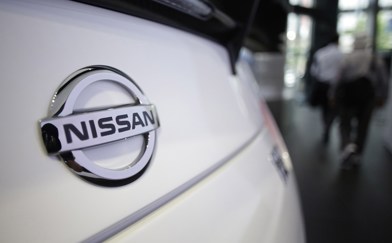Autonomous vehicles (AVs) represent a revolutionary technological advancement that holds the potential to reshape the automotive industry and the way we commute. At its core, autonomous driving aims to reduce human error, increase road safety, and enhance transportation efficiency. The Society of Automotive Engineers (SAE) has defined six levels of autonomous driving, each representing a different degree of automation and driver involvement. Here we explore each level, from Level 0 to Level 5, to understand the increasing autonomy and implications of these advancements.
Level 0 - No Automation
At Level 0, the vehicle has no autonomous capabilities. The human driver is solely responsible for all aspects of driving, from steering and acceleration to braking and monitoring the environment. Traditional vehicles with no driver-assistance features fall under this level.
Level 1 - Driver Assistance
Level 1 introduces basic driver-assistance systems that offer limited automation. These systems assist the driver in controlling specific functions but do not replace the human as the primary decision-maker. Examples include adaptive cruise control, which automatically adjusts the vehicle's speed based on the surrounding traffic, and lane-keeping assist, which helps the driver maintain the car within the lane.
Level 2 - Partial Automation
Level 2 marks a significant advancement in autonomy, allowing the vehicle to simultaneously control both steering and acceleration/deceleration under certain conditions. However, the human driver must remain engaged and monitor the driving environment actively. While the car can handle some tasks, it cannot handle all aspects of driving without human intervention. Tesla's Autopilot and GM's Super Cruise are examples of Level 2 systems available in the market.
Level 3 - Conditional Automation
Level 3 takes a notable leap towards fully autonomous driving. At this stage, the vehicle can manage most driving tasks independently and make decisions based on real-time data. The human driver is still required to be present and must be ready to take over if the system encounters situations it cannot handle. However, the driver can disengage from continuous monitoring during specific driving conditions defined by the manufacturer. Mercedes-Benz's Drive Pilot ADAS (automated driver assist system)is currently the only SAE certified Level 3 system in production, though it is not yet widely available.
Level 4 - High Automation
Level 4 represents a significant milestone where the vehicle can operate autonomously without human intervention in certain predefined conditions. Unlike Level 3, Level 4 AVs can handle critical situations even without human input. However, their operational domain is restricted to specific geographic areas or well-mapped routes, known as geo-fenced environments. Beyond these areas, human intervention may still be necessary. Level 4 AVs have the potential to revolutionise transportation in urban areas, allowing for shared autonomous fleets. Waymo's self-driving taxis in Phoenix, Arizona, are an example of Level 4 deployment.
Level 5 - Full Automation
The ultimate level of autonomy, Level 5, represents the holy grail of self-driving technology. At this stage, vehicles are fully autonomous under all conditions, and no human input is required for driving. They can operate anywhere a traditional human-driven vehicle can go, from dense city streets to remote rural areas. Level 5 AVs will eliminate the need for steering wheels, pedals, and other traditional driver controls, allowing for innovative interior designs focused on passenger comfort and convenience. Although Level 5 remains a vision for the future, reaching this level would profoundly transform society and transportation as we know it.





